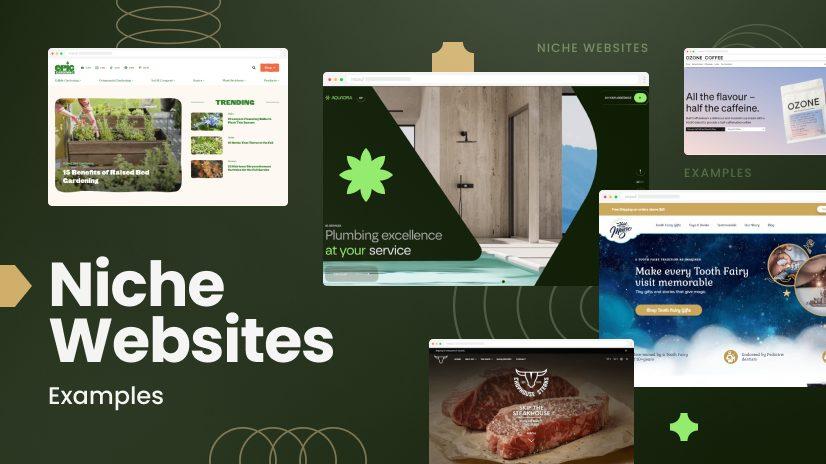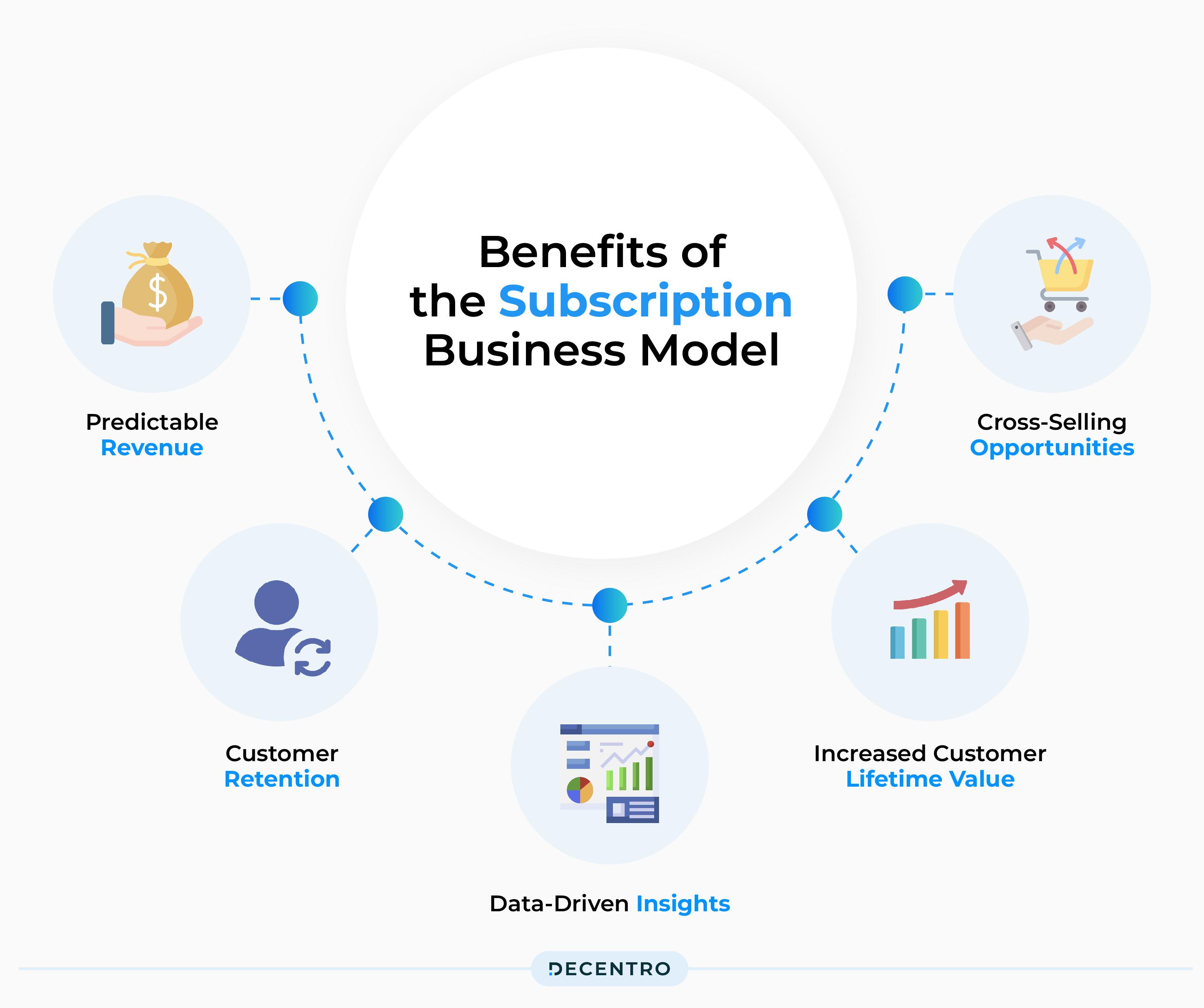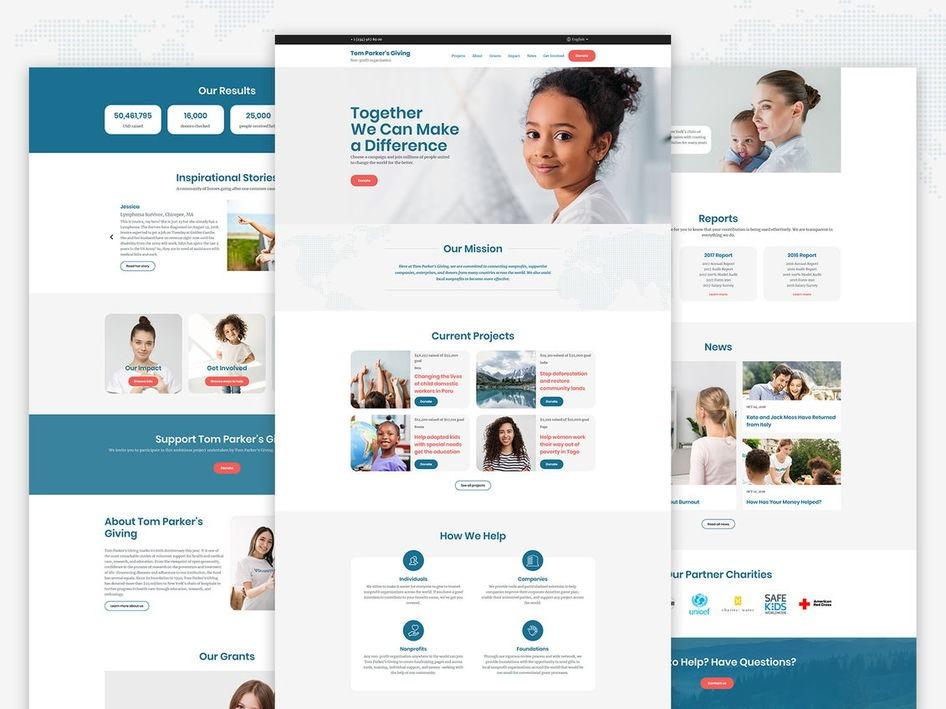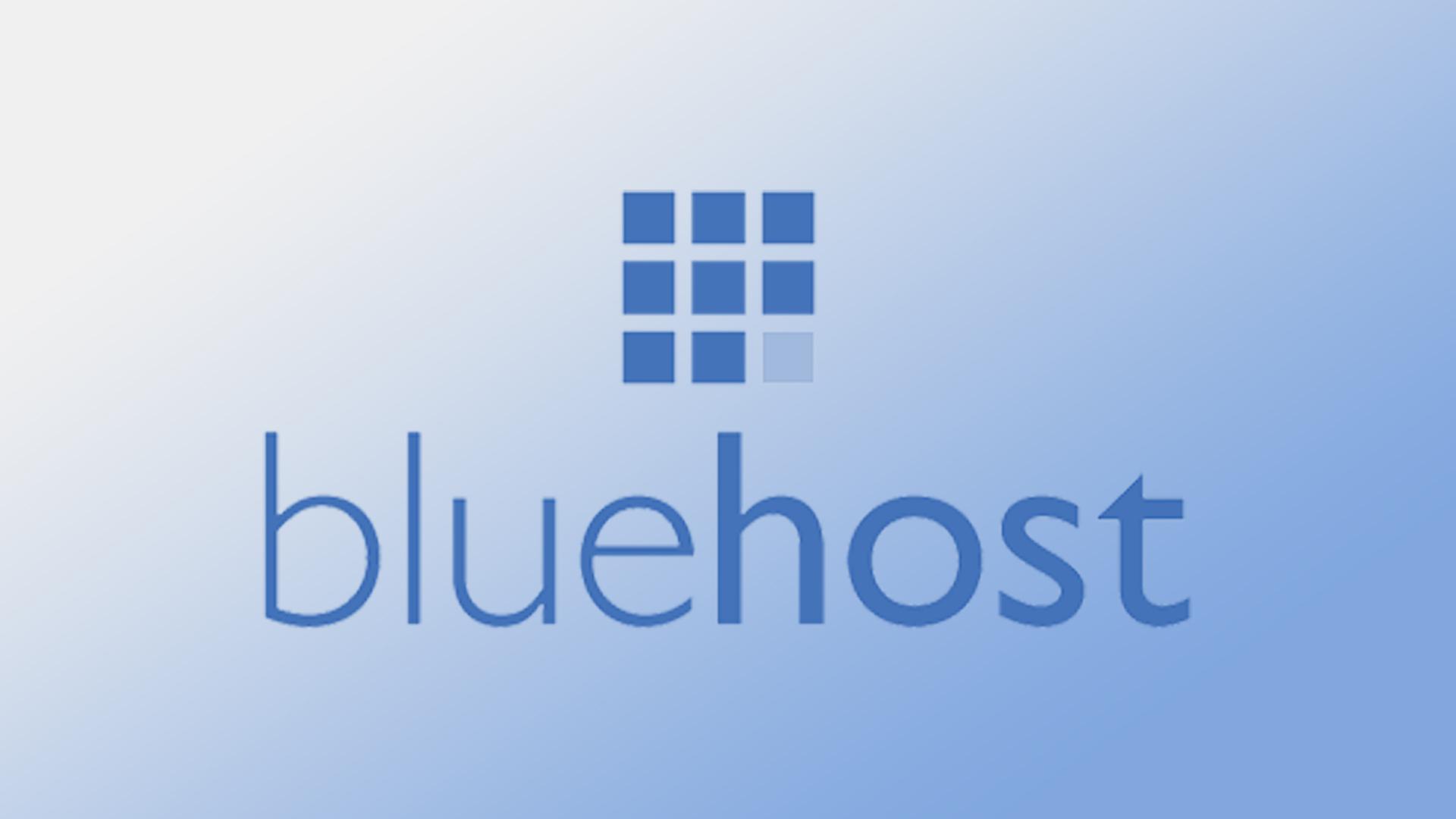Introduction:
Are you thinking about launching a website in 2025 but don’t know where to start? You’re not alone! With the digital landscape evolving faster than ever, choosing the right type of website can feel a bit overwhelming. But don’t worry—we’ve got you covered! In this article, we’ll explore the 15 most popular types of websites you can build this year, complete with inspiring examples to spark your creativity. Whether you’re a budding entrepreneur, a passionate blogger, or a business owner looking to make a mark online, there’s a perfect website type waiting for you.so,let’s dive in and discover the exciting possibilities that await you in the world of web development!
The Rise of Niche Websites and Why They matter
The digital landscape is evolving, and with it comes the remarkable rise of niche websites. These specialized platforms cater to specific interests or demographics, allowing users to find tailored content that resonates deeply with them. Unlike generic websites that try to appeal to everyone, niche sites hone in on particular audiences, providing them with the details, products, or services they truly seek. This focused approach not only enhances user experience but also drives engagement, making niche websites increasingly relevant.
One of the key benefits of niche websites is their ability to build a loyal community. When users find a site that speaks directly to their interests, they are more likely to return, share content, and engage with others who share similar passions. This creates a vibrant ecosystem around the niche, leading to higher retention rates and organic growth. The sense of belonging that these communities foster is invaluable, encouraging users to participate actively.
Moreover, niche websites often have lower competition compared to broader topics, allowing new entrants to establish themselves more easily. With effective SEO strategies, even a small website can rank well in search results, attracting targeted traffic without the need for extensive marketing budgets. This affordability and accessibility make niche sites a smart choice for budding entrepreneurs and content creators looking to carve out their space online.
Additionally, advertisers and brands are increasingly recognizing the value of niche audiences.With more precise targeting capabilities, businesses can reach potential customers who are genuinely interested in their products or services. This leads to higher conversion rates and more meaningful interactions, making niche websites not just valuable for users, but also for marketers aiming to maximize their return on investment.
In essence, the rise of niche websites reflects a basic shift in how users consume content online. By focusing on specific interests and building communities around them, these sites contribute considerably to the diversity of the internet.As we look toward the future, the importance of niche websites will only continue to grow, solidifying their role as essential components of the digital ecosystem.
Exploring E-Commerce: How to Create a Thriving Online Store
In the ever-evolving landscape of digital commerce, establishing a prosperous online store requires more than just setting up a website.It demands a strategic approach that encompasses everything from product selection to user experience. Here’s how you can craft an e-commerce platform that stands out.
Choose the Right Platform: The foundation of your online store is the platform you select.Popular options include:
- Shopify: Great for beginners with easy setup.
- WooCommerce: A WordPress plugin ideal for those familiar with the platform.
- BigCommerce: Best for larger businesses looking for scalability.
Create an Engaging User Experience: First impressions are crucial. Ensure your site is visually appealing and user-kind. Consider these elements:
- Responsive design for seamless mobile navigation.
- High-quality images and detailed product descriptions.
- Intuitive checkout process to minimize cart abandonment.
Implement Effective Marketing Strategies: Even the best store can go unnoticed without proper marketing. Here are some strategies to consider:
- SEO: Optimize your site for organic traffic.
- Social media Advertising: Leverage platforms like Instagram and Facebook to reach your audience.
- Email Marketing: Build a mailing list to keep customers informed and engaged.
Monitor and Adapt: The e-commerce world is dynamic, so it’s vital to track your store’s performance. Utilize analytics tools to assess:
- Traffic sources and user behavior.
- Conversion rates and sales patterns.
- Customer feedback and reviews for continuous improvement.
| Strategy | Description |
|---|---|
| SEO | Enhancing visibility in search engines. |
| Content Marketing | Using blogs and articles to attract visitors. |
| Influencer Partnerships | Collaborating with influencers to reach new audiences. |
By focusing on these critical areas, you can create an online store that not only attracts visitors but also converts them into loyal customers. Remember, the key to thriving in e-commerce lies in understanding your audience and continually refining your approach to meet their needs.

Captivating Blogs: Tips for Engaging Content Creation
As we step into 2025, the landscape of website creation is evolving rapidly, making it essential to stay ahead of the curve. One of the most effective ways to capture attention is by understanding the types of websites that resonate with your audience. Here’s a look at some of the most popular website types you can build,complete with compelling examples that can inspire your own content creation.
1.E-commerce Websites: With online shopping booming, creating a visually appealing and user-friendly e-commerce website is crucial. Brands like Amazon and Shopify have set the standard with features like seamless navigation, personalized recommendations, and integrated payment systems.
2.Portfolio Websites: for creatives and professionals, showcasing your work is vital. Platforms like Behance and Dribbble serve as prime examples, allowing users to display their projects in a visually engaging format. Highlighting your unique style and expertise can attract potential clients and job opportunities.
3. News and Magazine Websites: As information is consumed at an unprecedented rate,news websites like The Verge and BuzzFeed utilize a mix of visuals,engaging headlines,and shareable content to keep readers coming back for more.Incorporating multimedia elements can make articles more captivating.
4. Educational Websites: With the rise of e-learning, sites like Coursera and Khan Academy exemplify how engaging content can facilitate learning. By providing interactive lessons and resources, these websites not only inform but also inspire action and engagement from users.
| Website Type | Examples | Key Features |
|---|---|---|
| E-commerce | Amazon, Shopify | Easy navigation, custom recommendations |
| Portfolio | Behance, Dribbble | Visual display, project showcase |
| News | The Verge, BuzzFeed | multimedia content, engaging headlines |
| Educational | Coursera, Khan Academy | Interactive lessons, comprehensive resources |
As you consider the type of website you wont to create, think about how you can incorporate these engaging elements. Whether it’s through stunning visuals, interactive content, or user-friendly design, the goal should always be to create a memorable experience for your visitors. Remember, captivating content leads to a loyal audience!
the Power of Portfolio Sites: Showcasing Your Work Effectively
In today’s digital landscape, having a portfolio site has never been more crucial for showcasing your work. Whether you’re a graphic designer, photographer, writer, or developer, a well-crafted portfolio can serve as your personal brand’s cornerstone. It gives potential clients and employers a glimpse into your skills, creativity, and unique style, all in one convenient place.
Here are some key elements to consider when building your portfolio site:
- Visual Appeal: First impressions matter.Use high-quality images and a clean layout that reflects your aesthetic. A clutter-free design ensures your work remains the focus.
- Easy Navigation: Visitors should easily find their way around your site. Use simple menus and categorize your work logically—think sections for different types of projects or services.
- Case Studies: Instead of just showing finished pieces, include case studies that detail your creative process.This adds depth and shows your problem-solving skills.
Moreover,incorporating personal touches can greatly enhance your portfolio’s effectiveness. Consider adding:
- an About Page: Share your story,background,and what inspires you. This humanizes your portfolio and helps build a connection with viewers.
- Client Testimonials: Positive feedback from past clients can significantly boost your credibility. Showcase these remarks prominently to build trust.
- Contact Information: Make it easy for potential clients to reach out. A clear, accessible contact form or email link is essential.
| Feature | Description |
|---|---|
| Responsive Design | Your portfolio should look great on all devices, from desktops to smartphones. |
| SEO Optimization | Ensure your site is optimized for search engines to attract more visitors. |
| Social Media links | Link to your social media profiles to encourage further engagement. |
Ultimately, the power of a portfolio site lies in its ability to effectively communicate your skills and personality. it’s more than just a collection of work; it’s a platform for storytelling, connecting with your audience, and ultimately securing your next opportunity. invest the time to design a portfolio that truly reflects who you are as a creator, and watch how it transforms your professional journey.
Community Building: Designing a Successful Forum or Social Network
Creating a thriving online community involves more than just launching a forum or a social network; it requires careful design and thoughtful engagement strategies. Whether you’re using a platform like WordPress, Discourse, or even custom solutions, your goal should be to foster meaningful interactions among users. Here are some essential elements to consider when building your community space:
- User-Friendly Interface: Make navigation intuitive. Users should be able to find topics of interest quickly without feeling overwhelmed. Clear categories and a simple layout can enhance the user experience dramatically.
- Engagement Features: Implement functionalities like polls, shout-outs, or user badges to encourage participation. These elements can make users feel valued and motivate them to contribute more.
- Moderation Tools: Establish a set of community guidelines and ensure you have the right tools in place for moderation. This fosters a safe surroundings where users feel cozy expressing their thoughts.
- Mobile responsiveness: With many users accessing forums through mobile devices, ensuring your site is mobile-friendly can significantly increase participation and retention.
Next, consider the role of content in building your community. Regularly scheduled content, such as newsletters, discussion prompts, or expert AMAs (Ask Me Anything), can keep your audience engaged and eager to return. Additionally, showcasing user-generated content can promote a sense of ownership within the community. People are more likely to interact when they see their contributions recognized and valued.
Lastly, don’t underestimate the power of features that foster interpersonal connections. Forums that allow users to create profiles, follow each other, or send private messages can build a sense of camaraderie. Hosting virtual events,such as live Q&A sessions or discussion groups,can further enhance this sense of community. Engaging with your members in real-time helps them feel a deeper connection to both the platform and each other.

Educational Platforms: Turning Knowledge into Income
The rise of online education has opened new avenues for individuals looking to monetize their expertise. Educational platforms have become not just a means of sharing knowledge but also a viable income source for creators, educators, and entrepreneurs. with the right strategies, anyone can transform their skills into a profitable venture. Here’s how you can leverage these platforms effectively.
Building a website dedicated to educational content allows you to reach a global audience. Whether you’re offering courses, tutorials, or exclusive webinars, the flexibility of online platforms means you can cater to diverse learning styles. here are some popular types of educational content you can create:
- Online Courses: Structured learning paths that can be self-paced or instructor-led.
- Tutorials and How-Tos: Short, focused lessons that address specific skills.
- Webinars and Live Sessions: Interactive sessions that allow real-time engagement.
- Podcasts and Audio Lessons: Ideal for auditory learners seeking knowledge on the go.
To maximize your income potential, consider integrating multiple revenue models into your educational platform. Here are some common methods:
- Subscription Models: Charge users a monthly fee for access to a library of resources.
- One-Time Purchases: Sell individual courses or materials for a flat fee.
- Affiliate Marketing: Promote relevant products or services and earn commissions on sales.
- Sponsorships and Partnerships: Collaborate with brands to generate additional income.
Additionally, utilizing technology to enhance your offerings can significantly increase user engagement and satisfaction. Consider implementing:
| Technology | Benefit |
|---|---|
| Learning Management Systems (LMS) | Streamlined course management and user tracking. |
| Video Conferencing Tools | Facilitate real-time interactions and collaborative learning. |
| Gamification Elements | Increase user motivation and engagement through rewards. |
| Mobile-Friendly Design | Enhance accessibility for users on the go. |
In a world where information is abundant,positioning yourself as a trusted educator can set you apart.Focus on delivering high-quality, practical content that meets the needs of your target audience. By providing real value, not only do you cultivate a loyal following, but you also pave the way for sustainable income generation through your educational platform. embrace this opportunity to turn knowledge into income and watch your efforts flourish.

Understanding Subscription Models for Membership Websites
As the digital landscape evolves, subscription models have become a powerful tool for membership websites. These models not only streamline revenue generation but also foster a sense of community and loyalty among users. Understanding the nuances of these subscription types is crucial for creating a sustainable online business.
There are several popular subscription models you can implement, each offering unique benefits:
- Freemium: Users access basic content for free but pay for premium features or content.
- Tiered Membership: Different levels of access are provided based on subscription tiers, catering to various user needs.
- Pay-per-Use: Members are charged based on their usage, ideal for services like online courses or premium content.
- All-Access Pass: A flat fee grants users unlimited access to all content and features, simplifying the user experience.
- Recurring Donations: This model is particularly useful for non-profits, encouraging users to support the cause regularly.
Choosing the right model depends largely on your audience and the nature of your content. As an example, if you’re running an educational website, a tiered membership might attract learners at various stages, providing them with tailored resources. On the other hand,a fitness website may benefit from an all-access pass,giving members the flexibility to explore a range of workout plans and nutrition guides.
Consider the following table to visualize how different models can align with specific website types:
| Website Type | Recommended Subscription Model | Reason |
|---|---|---|
| Online Courses | Tiered Membership | Different levels for beginners, intermediate, and advanced learners. |
| Streaming Services | All-Access Pass | Unlimited access to a library of content enhances user engagement. |
| Non-Profit Organizations | Recurring Donations | Encourages ongoing support for initiatives and projects. |
| Fitness Platforms | Freemium | Free tips and workouts lead to upgrades for personalized plans. |
Implementing a successful subscription model involves ongoing analysis and adaptation. Testing different models, gathering user feedback, and understanding market trends will enable you to refine your offerings. Ultimately, the goal is to create value that keeps your audience engaged and coming back for more.

Innovative Personal Branding: Crafting Your Unique Online Identity
In today’s digital landscape, establishing a distinctive online identity is essential for personal branding. As the internet continues to evolve, the types of websites you can create not only serve as platforms for sharing your thoughts and expertise but also as a canvas for showcasing your unique personality. Whether you’re a freelancer, entrepreneur, or artist, the right website can amplify your voice in ways that resonate with your audience.
One of the most powerful types of websites you can build is a personal portfolio. This is your digital showcase—a space where you can highlight your work, skills, and accomplishments. Think of it as your online résumé but with a creative twist. A well-designed portfolio can include:
- Project galleries that illustrate your best work
- Client testimonials that build credibility
- A blog where you share insights related to your industry
Another compelling option is a niche blog. This type of website allows you to dive deep into topics you are passionate about while attracting like-minded individuals. By sharing valuable content, you position yourself as an authority in your niche, enhancing your personal brand. Consider focusing on areas such as:
- Travel with stories and tips
- Fitness with workout routines and nutrition advice
- Tech with reviews and how-tos
For those looking to engage with their audience in a more interactive way,a community forum can be a game changer.This type of website fosters discussion around shared interests, allowing you to cultivate a loyal following.With user-generated content, you can keep the conversation alive while reinforcing your brand’s identity. Elements to incorporate might include:
- Discussion threads on relevant topics
- Polls and surveys to gather insights from your audience
- Member profiles that encourage networking
consider a services website if you’re offering consultancy or coaching. This type of site serves not only to inform potential clients about your expertise but also to facilitate bookings or inquiries. Make it visually appealing and user-friendly, incorporating features such as:
- Service descriptions that explain what you offer
- Easy contact forms for inquiries
- Calendars to schedule appointments

The Impact of Nonprofit Websites on Social Change
In today’s digital age, nonprofit organizations are harnessing the power of the internet to drive social change more effectively than ever. A well-designed nonprofit website acts as a beacon, drawing attention to causes that require urgent action and mobilizing communities around shared goals. These websites serve not just as a platform for information, but as a powerful tool for advocacy, fundraising, and forming connections that can lead to real-world impact.
One of the primary ways nonprofit websites influence social change is through awareness campaigns.By using engaging content and compelling visuals, these sites can educate visitors about pressing social issues and inspire them to take action. Such as, consider the use of storytelling to highlight personal experiences of those affected by social injustices. This not only humanizes the cause but also builds empathy and encourages visitors to share the message with their networks.
Furthermore, a nonprofit website can facilitate community engagement in numerous ways:
- Interactive Features: Surveys, polls, and forums allow users to voice their opinions and get involved in discussions that matter to them.
- Event Promotion: By showcasing upcoming events, nonprofits can rally supporters to participate in initiatives that make a difference.
- Volunteer Sign-Ups: Easy-to-navigate forms enable interested individuals to join the cause quickly,expanding the association’s reach and capacity.
Additionally, incorporating donation tools directly into the website can significantly enhance fundraising efforts. Websites like Classy provide integrated solutions that make it simple for visitors to contribute financially. As potential donors navigate through transparent information about how their contributions will be utilized, they are more likely to feel connected and motivated to support the cause.Implementing a user-friendly donation process can lead to improved conversion rates and sustained financial support.
lastly, the impact of nonprofit websites extends beyond immediate action; they also contribute to building lasting relationships. Regular updates via blogs, newsletters, and social media channels keep supporters informed and engaged. By showcasing achievements and expressing gratitude, organizations create a sense of community that encourages ongoing participation. The more connected individuals feel, the more likely they are to advocate for the cause and inspire others to join them.

Embracing Technology: The Future of Web Applications and Services
As we look towards 2025, the landscape of web applications and services is on the brink of a conversion driven by rapid advancements in technology. By embracing the latest innovations, businesses can create engaging, user-friendly websites that cater to the evolving needs of their audience. It’s essential to understand the types of websites that are gaining traction and how they can set you apart in a crowded digital market.
One of the most exciting developments is the rise of progressive web applications (pwas). These applications combine the best of web and mobile apps, offering users a seamless experience across various devices. With the ability to work offline, send push notifications, and be added to a device’s home screen, PWAs are a game-changer for businesses aiming to enhance user engagement and retention.
Another trend to watch is the integration of artificial intelligence (AI) in web services. From chatbots that provide instant customer support to AI-driven content personalization, the potential to automate and enhance user interactions is immense. Websites can leverage AI to analyze user behavior, offering tailored experiences that resonate more deeply with their visitors.
The demand for e-learning platforms continues to surge as remote learning becomes the norm. Websites focused on delivering interactive courses, complete with quizzes, videos, and community forums, are becoming essential. The flexibility of these platforms allows users to learn at their own pace, making education more accessible than ever.
| Website Type | Key feature | Example |
|---|---|---|
| Progressive Web Applications | Offline functionality | Twitter Lite |
| E-learning Platforms | Interactive courses | Coursera |
| AI-integrated Services | Personalized experiences | Spotify |
Moreover, with the burgeoning importance of sustainability, eco-friendly websites are becoming a crucial niche. Businesses that focus on promoting their green initiatives or providing resources for sustainable living can attract a dedicated audience. This shift not only highlights corporate obligation but also aligns with the values of environmentally-conscious consumers.
the future of web applications and services is teeming with possibilities. By embracing emerging technologies and adapting to consumer needs, businesses can craft websites that not only meet but exceed user expectations. Those who stay ahead of the curve will find themselves reaping the rewards of innovation and creativity in their online presence.
Frequently Asked Questions (FAQ)
Q&A: 15 Most Popular Types of Websites You Can Build in 2025 (With Examples)
Q: What are the most popular types of websites people will want to build in 2025?
A: Great question! In 2025, we expect to see a diverse range of website types gaining popularity. Some of the most sought-after include e-commerce sites, personal blogs, online portfolios, educational platforms, and community forums. Each type serves unique needs and audiences, making it essential to choose one that aligns with your goals.
Q: Can you tell me more about e-commerce websites?
A: absolutely! E-commerce websites will continue to be a powerhouse in 2025. With the rise of online shopping, businesses of all sizes are looking to set up shop online. Think of platforms like shopify or WooCommerce; they empower anyone, from small artisans to large retailers, to create a digital storefront. If you’re passionate about selling products,this is the way to go!
Q: What about personal blogs? Are they still relevant?
A: Oh,definitely! Personal blogs are not just relevant; they’re evolving. In 2025, many individuals are using blogs to share their expertise, stories, and hobbies. With platforms like WordPress and Medium,anyone can express themselves and even monetize their content through ads or sponsorships. If you have a story to tell or knowledge to share, a blog is a fantastic way to connect with like-minded individuals.
Q: I’ve heard a lot about online portfolios. Why should someone consider building one?
A: Online portfolios are crucial for creatives and professionals looking to showcase their work! Whether you’re a designer, photographer, or writer, having a visually appealing portfolio can attract potential employers or clients. Sites like Behance and Adobe Portfolio make it easy to create stunning showcases of your talent. In 2025, standing out in the job market will be more important than ever, and a portfolio is a key tool!
Q: What types of educational platforms will be popular?
A: Educational platforms are booming! As more people turn to online learning, websites that offer courses or tutoring are becoming essential. think of sites like udemy or Coursera, where instructors can share their knowledge with a global audience. If you have expertise in a subject, creating an educational site could not only be fulfilling but also profitable!
Q: are community forums still a thing?
A: Absolutely! Community forums are thriving in 2025. They provide spaces for people to connect over shared interests, whether it’s gaming, cooking, or parenting. Websites like Reddit and niche forums foster engagement and discussion, creating a sense of belonging.If you’re passionate about a particular topic and want to build a community around it, a forum might be the perfect platform.
Q: What tips do you have for someone looking to start building a website in 2025?
A: Start by identifying your passion and audience. What do you want to share or sell? Research different platforms and find one that suits your needs—there are user-friendly options for everyone, regardless of technical skills. Lastly, focus on creating quality content or products; engaging with your audience is key to building a successful website!
Q: Can you give a sneak peek of some other popular website types on your list?
A: Sure thing! In addition to e-commerce, blogs, portfolios, and educational sites, you’ll also find social media platforms, news websites, non-profit sites, and even personal finance blogs making waves in 2025. Each type offers unique opportunities to connect with audiences and make an impact.Q: Why is it important to stay updated on website trends?
A: Staying updated ensures that you remain relevant and can adapt to the changing digital landscape. As technology and user preferences evolve, understanding what’s popular helps you make informed decisions, whether for personal projects or business ventures. It’s all about staying ahead and maximizing your online presence!
Q: How can I read the full article on the 15 most popular types of websites?
A: You can find the full article on our website! It dives deeper into each website type,provides real-world examples,and offers tips for success. Trust me, you won’t want to miss it if you’re thinking of building your own website in 2025!
The Conclusion
As we wrap up our journey through the 15 most popular types of websites you can build in 2025, it’s clear that the digital landscape is bursting with opportunities. Whether you’re looking to share your passion, launch a new business, or simply connect with others, there’s a website type just waiting for your unique touch.
From e-commerce platforms that can turn your hobby into a thriving business, to engaging blogs that allow you to share your thoughts with the world, the possibilities are virtually endless. Each type of website comes with its own set of advantages and creative potential, giving you the freedom to choose what resonates most with your vision and goals.So, what are you waiting for? Dive into the exciting world of web creation! With the tools and resources available today, building your dream website has never been more accessible. Remember, every successful online venture starts with that first step. Whether you’re a seasoned developer or just starting out, now is the perfect time to unleash your creativity and make your mark on the web.
Get inspired, choose your path, and start building your website today.the digital world is yours for the taking – make it count!



